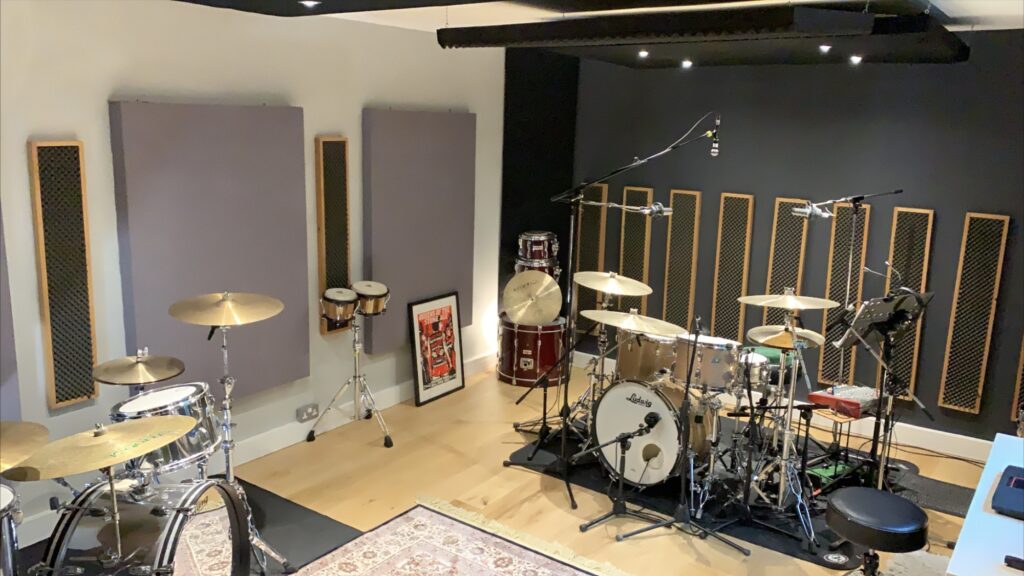Sound is a form of energy that travels as mechanical waves through air, liquids, and solids. These waves are created by vibrations, which our ears detect and our brains interpret as sound. Understanding how sound waves work is essential for controlling noise and improving acoustics in any space.
How Sound Waves Work
Sound waves propagate as longitudinal waves, meaning they compress and expand the medium (like air) as they move. Key characteristics include:

- Frequency (Pitch) – Measured in Hertz (Hz), determines high or low tones.
- Amplitude (Loudness) – Measured in decibels (dB), affects volume.
- Wavelength – The distance between wave peaks, influencing sound dispersion.
The Role of Acoustics in Sound Control
Acoustics is the science of how sound interacts with environments. Factors affecting acoustics include:
- Reflection – Sound bouncing off hard surfaces, causing echoes.
- Absorption – Soft materials dampening sound waves.
- Diffusion – Scattering sound to reduce harsh reflections.
Why Understanding Sound Matters
Proper acoustic design enhances:
- Speech clarity in offices and classrooms.
- Music quality in studios and concert halls.
- Noise reduction in homes and public spaces.
Call us: Contact Waseem Technical Soundproofing Expert in Dubai For Soundproofing: +971 50 209 7517
Conclusion
By understanding sound waves and acoustics, we can design better spaces with optimal sound quality. Whether for work, entertainment, or relaxation, controlling sound improves comfort and functionality.




